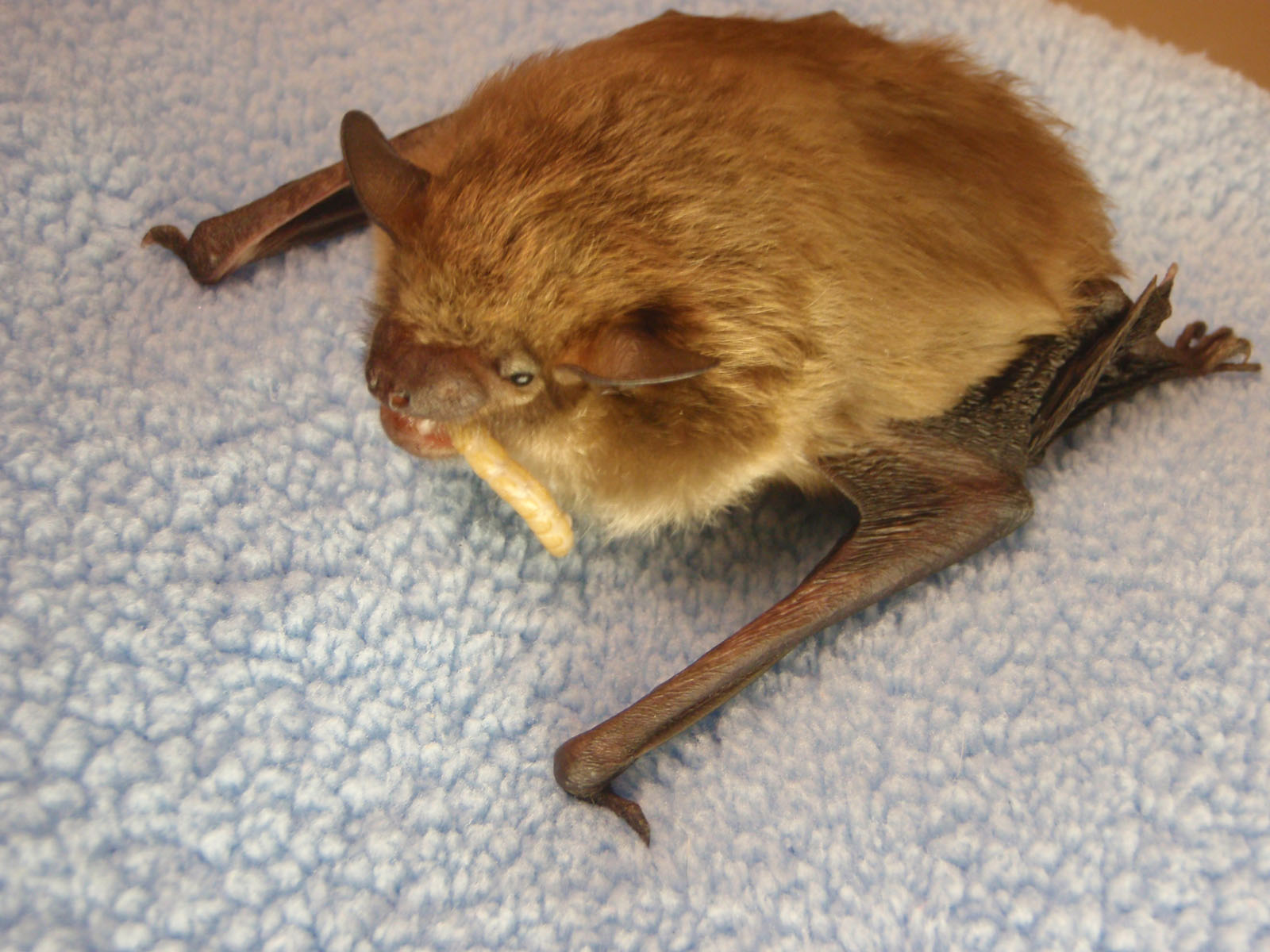This is the time each summer when the Wauwatosa Health Department sees an uptick in calls from residents who have found bats in their homes.
Only 3 percent of the bat population carries rabies, but due to the seriousness and sometimes fatal nature of the disease, health officials take each call seriously.
James Beix, epidemiologist with the Health Department, said the increased home visits by the winged creatures typically happen as juvenile bats leave the brood.
"I've always equated it to a teenager getting their license," he said. "They've got their independence for the first time and they find themselves in places you didn't think they'd end up."
While the bats that tend to live in this area are called big brown bats, the name is a misnomer - they can fit through a space the size of quarter, Beix said. That means dryer vents, holes in window screens and cracks in the attic exterior are possible entry routes. If a homeowner opens the door at night and bats are swooping near a light that attracting bugs, it's possible they could fly right in.
"It's important to keep doors closed and homes in good repair," he said.
Always take it seriously
The Health Department becomes concerned when there has been a possible exposure. Bat bites are so small they can easily go undetected, so if someone has woken up in a room to find a bat or if there is a baby or disabled person that can't communicate, then the homeowner should the Health Department for guidance.
"We have very low rates of rabies in the U.S. because we are very vigilant," Beix said.
So far this year, the department has only received three calls reporting exposures. While that number is expected to increase as the summer continues, a declining bat population could mean fewer calls than normal.
Population decrease
The dry weather is keeping away the insects bats eat, old trees where bats tend to roost are being cut down and a devastating disease, white-nose syndrome, has knocked out entire colonies. Those factors could lead to fewer bat calls in the future, said Rhonda Crenshaw, small mammals area supervisor for the Milwaukee County Zoo.
"There's a danger to a dwindling bat population because they provide an ecological service. Think of it as 'free pest control,' " she said. They can eat 500 to 1,000 mosquitos an hour.
"If we didn't have bats, we'd be overrun in insects," Crenshaw said.
The declining population is one reason not to kill a bat just because it entered a home, she said.
Another is that rabies testing is much easier if the bat is still alive and intact. Tissue from the bat's brain is needed. That means no taking a racket or broom to the animal, Beix said.
If the sample is spoiled and there is reason to believe an exposure occurred, residents will need a full vaccine series, which can get expensive, to prevent disease from developing, Health Department Director Nancy Kreuser said.
Humane Society gets involved
Scott Diehl recommends following the Centers for Disease Control and Prevention, cdc.gov, guidelines for capturing a bat. As wildlife manager for the Wisconsin Humane Society he sees more than 100 bats come into the center each year. There, wildlife staff rehabilitate the creatures, which likely are dehydrated and hungry and weak from being trapped indoors for a period of time, he said.
"We will provide water, warmth and hand-feed meal worms until they're strong enough to be released on their own again," he said.
If the bat was detected entering the home and there's no possibility of an exposure, the homeowner can deliver the captured bat to the Wisconsin Humane Society. Otherwise, the Health Department will hand over live bats while they're testing for rabies so animal rehabilitation can get under way and they can eventually be released, if cleared.
If the bat is dead, double bag it and put it in the refrigerator, as freezing it can damage tissues, Kreuser said.
More from News and Features
- Anodyne Coffee plans to open location in Wauwatosa Village
- Wauwatosa Meetings: Aug. 4
- Video: Wauwatosa girl's curbside ice cream stand raises money for the hungry
- Wauwatosa News and Notes: Hands-only CPR training offered; Firefly Art Fair is Aug. 6-7
- Wauwatosa Ask Now: Why are there barriers and fencing along the North Avenue bridges over the Menomonee River?
- Mystery Photo Contest: July 28
- Wauwatosa gears up for National Night Out event, this year at the zoo
- Election 2016: Wisconsin's 4th District candidates weigh in
- Wauwatosa's Luther Manor residents share smiles through flower delivery
- Wauwatosa Police Report: July 17-23
















